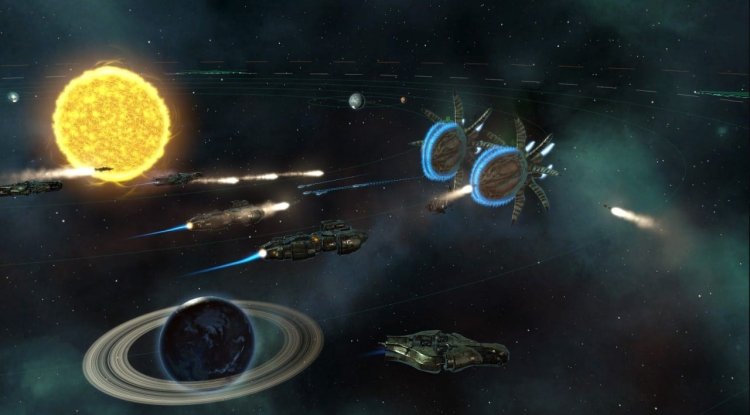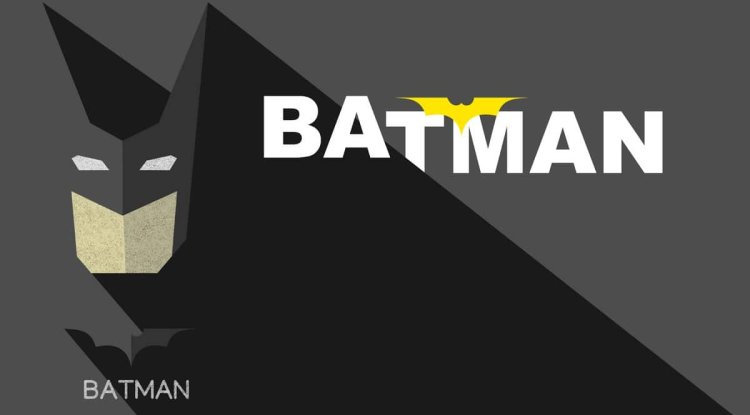Stellaris: Second Guardian Update 3.3 is here
As expected, the developers of Stellaris have released Patch 3.3. The Libra update brings a whole range of interesting new features.

As expected, the developers of Stellaris have released Patch 3.3. The Libra update brings a whole range of interesting new features.
Stellaris players have had more to do since Wednesday: the developers at Paradox have released patch 3.3. The free update 3.3 "Libra" fixes numerous bugs, improves the AI and the performance of the game, gives the Unity resource more uses and a new state element for the owners of the "MegaCorp" expansion and the "Necroids" species pack. Stellaris update 3.3
For example, the AI in 3.3 "Libra" is better at managing jobs, taking care of the bio trophies, choosing technologies, and specializing planets over time. These changes, along with improved economic plans for the AI, are intended to mean that the late-game AI is much better able to scale the economy, including the production of alloys and consumables. The internal tests at Paradox are said to have shown that the AI in 3.3 performs "much better" after 100 years than the AI in 3.2.
The 3.3 "Libra" update is also said to include many optimizations that will increase the overall game speed. After the start of the game, an acceleration of the tempo from year to year "by up to 50%" should be noticeable. This was achieved by optimizing dweller job weight calculations and changing some settings in the engine, allowing more powerful computers to perform additional "ticks" per render frame. Further performance improvements come from optimizing the algorithm used to calculate the cost of upgrading fleets.
All other details about patch 3.3, including the new state element: permanent employment, the revision of unity, changes to the influence system, and planetary advancement levels are available directly on Steam in the developer blog. Due to the patch, there are significantly more players in Stellaris again.
In other news, during the GPU shortage, some gamers switched to laptops, which can now also contain very powerful graphics cards. However, Nvidia has caused a lot of confusion here with model variants with different TDPs. This continues with the new Geforce RTX 2050, because, contrary to what the name might suggest, the card does not rely on Turing, but amps. Therefore, read more about the first benchmarks of the new GPU below.
While the nomenclature of Nvidia graphics cards usually makes sense in the desktop area, the same cannot be said for the mobile area. In the desktop area, apart from the GTX 16xx models based on Turing, it can be assumed that an Ampere graphics card will be marketed as the RTX 30×0 (Ti). The same applied to the predecessor models of the Turing architecture. Now there are the first benchmarks of a new laptop GPU that contradicts this nomenclature. Contrary to what the name suggests, the RTX 2050 is not based on Turing, but on the latest ampere technology.





































